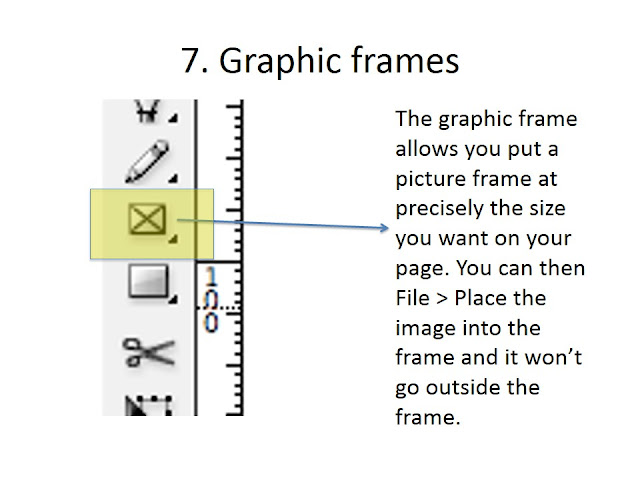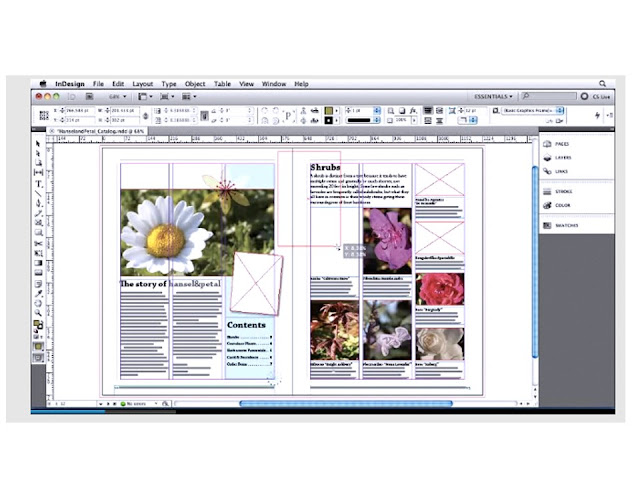Your
evaluation MUST directly address the following questions, one blog post per
question:
In what ways does your media product use, develop or challenge
forms and conventions of real media products?
- Analyse your finished pages- compare to real magazines to
demonstrate awareness of how you used conventions of real magazines, or how you challenged them. (You should not be reflecting at all on process here- it's all about the finished product).
How does your media
product represent particular social groups?
How does your magazine construct the representations? Analyse
the representation of all artists featured in your pages- is it positive? Is it similar to the representation of that
social group in real music magazines? (social group could be teenagers, rock
stars, folk singers, males/females- whatever is relevant to your magazine).
What kind of media institution might
distribute your media product and why?
Do quick research into Bauer and Time Inc. UK- the two major publishing institutions in the UK. Which do you think
would be best to distribute your magazine? Use the prompts below.
- Research IPC Media and Bauer Publishing Group (see 'institutions research' post). Note the wealth and
variety of magazines they publish.- Which of any of the magazines they publish cover, or come close to
covering, your target audience?- Now look specifically at the music magazines they publish and how
the target audiences vary. Is your target audience similar to any of the
publications?- Decide which of the two institutions have a market for your
product. You should judge this by the music magazines they currently publish-
how would your magazine target a different audience for the company? Why should
they invest?
Who would be the audience for your media
product?
Explain your target audience- has your audience changed at all
over the development of your magazine? For example, the look and style of it
might suit an older audience now... Your target audience in your evaluation can be slightly different from the one in
your planning- just explain the reasons why.
How did you attract/address your audience?
How did you attract/address your audience?
Refer to how your finished magazine appeals to your identified target
audience- fonts, images, layout, colour scheme, mode of address etc.
What have you learnt about technologies from the process of constructing this product?
What have you learnt about technologies from the process of constructing this product?
- You can talk about your progress with photography, Blogger, Adobe
Photoshop, Adobe InDesign and PowerPoint and/or any other technology you used. Take screen grabs of yourself using the software to
communicate this in an interesting way. ‘Before and after’ photos are a great
way to show off what you achieved with the technology.
Looking back at your preliminary task, what do you feel you have learnt in the progression from it to the full product?
Looking back at your preliminary task, what do you feel you have learnt in the progression from it to the full product?
- Summarise your skills development from the start of your
preliminary task through to now. Put your preliminary task beside your final product- what have you developed? (Understanding of conventions, importance of audience, photography, use of software etc)
What am I marked for?
- Your use of technology to produce your evaluation- video, image, links etc. A words-only evaluation cannot achieve above the top of level 1 (7 marks out of 20).
- Understanding of your audience and how your text appeals to them; how representation is constructed in your pages; what institutions might publish your magazine; magazine conventions used within your finished product; how new media technologies helped you through all stages of your portfolio.
- Ability to refer to the choices you made along the way and their outcome
- Ability to communicate.

































